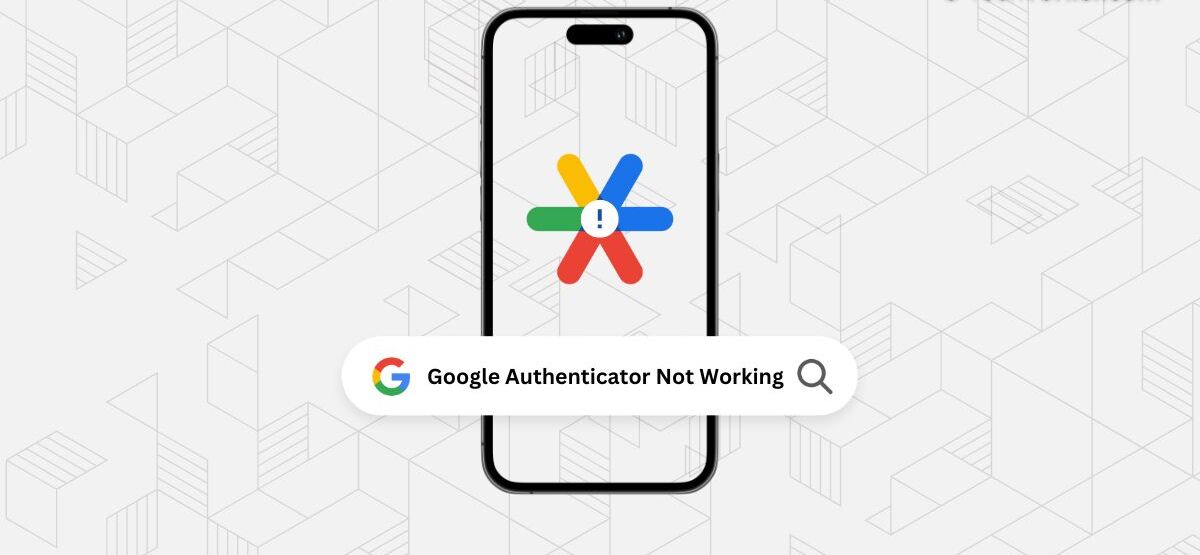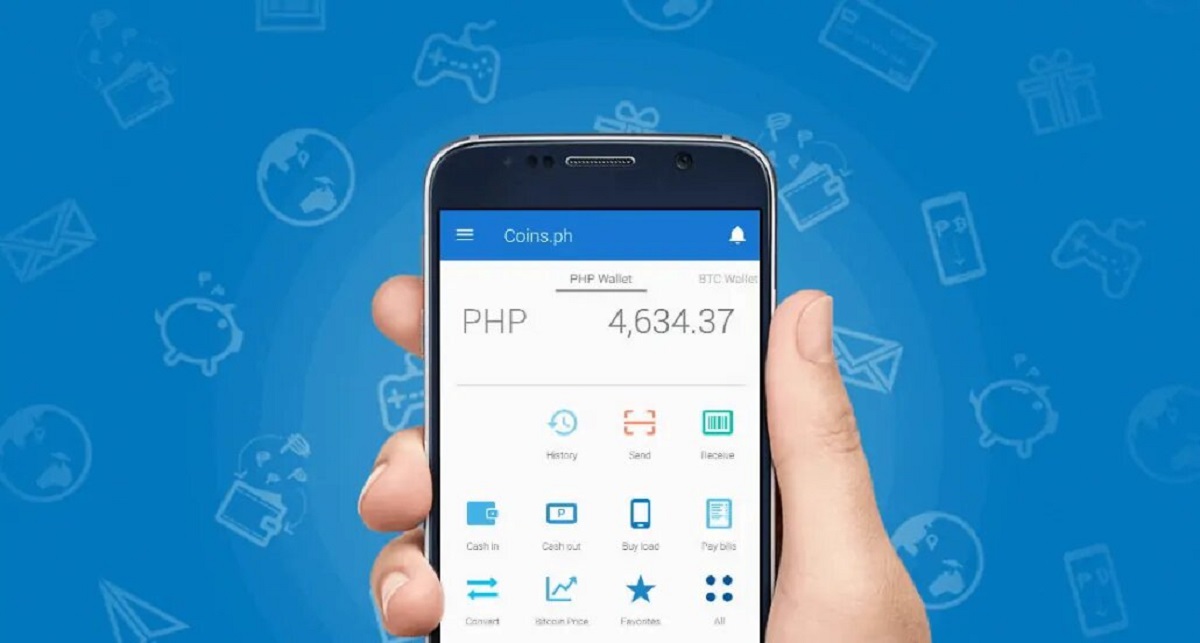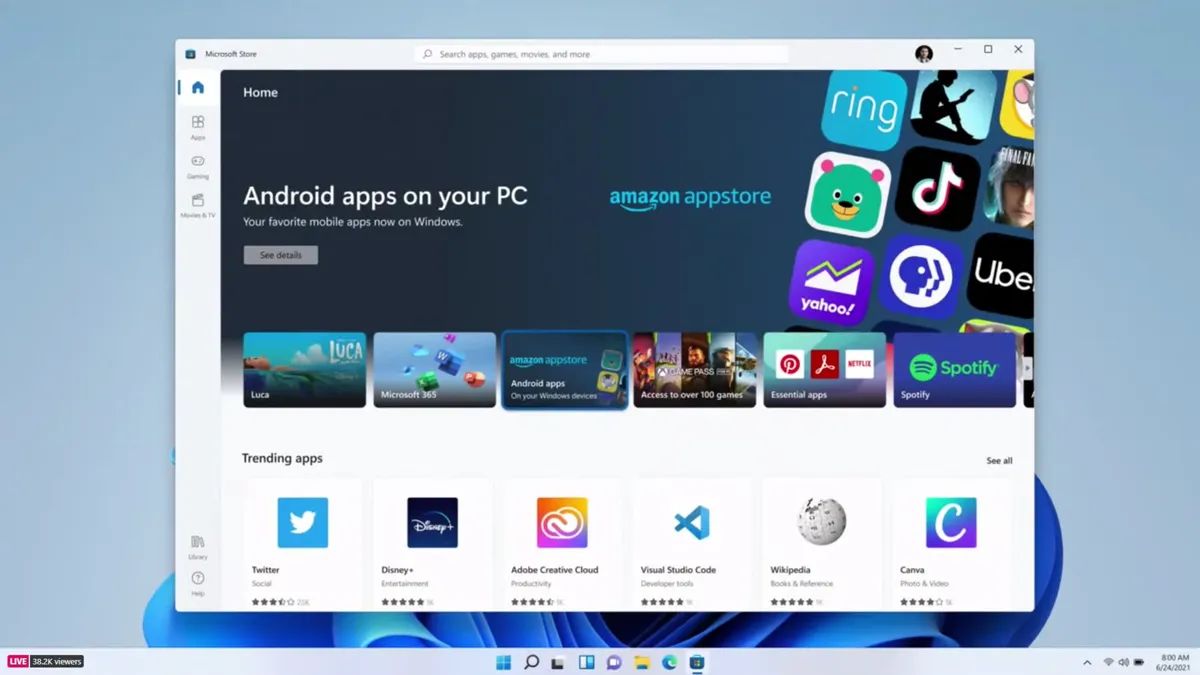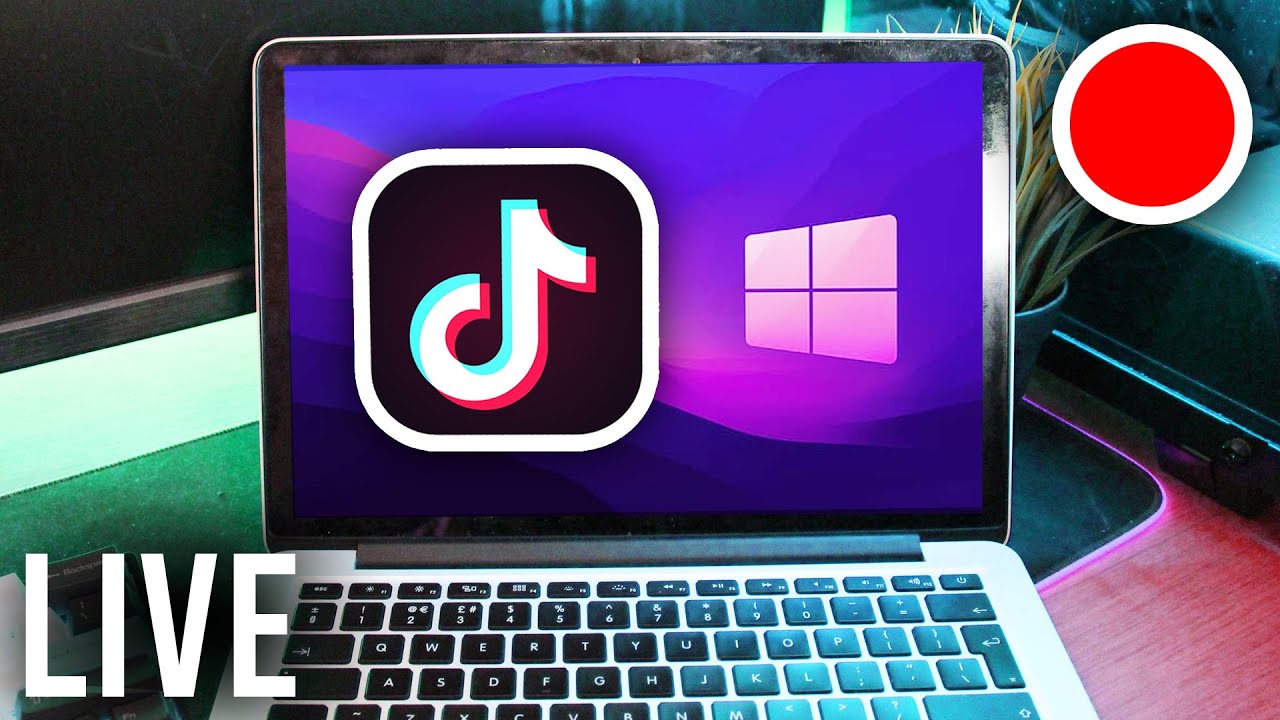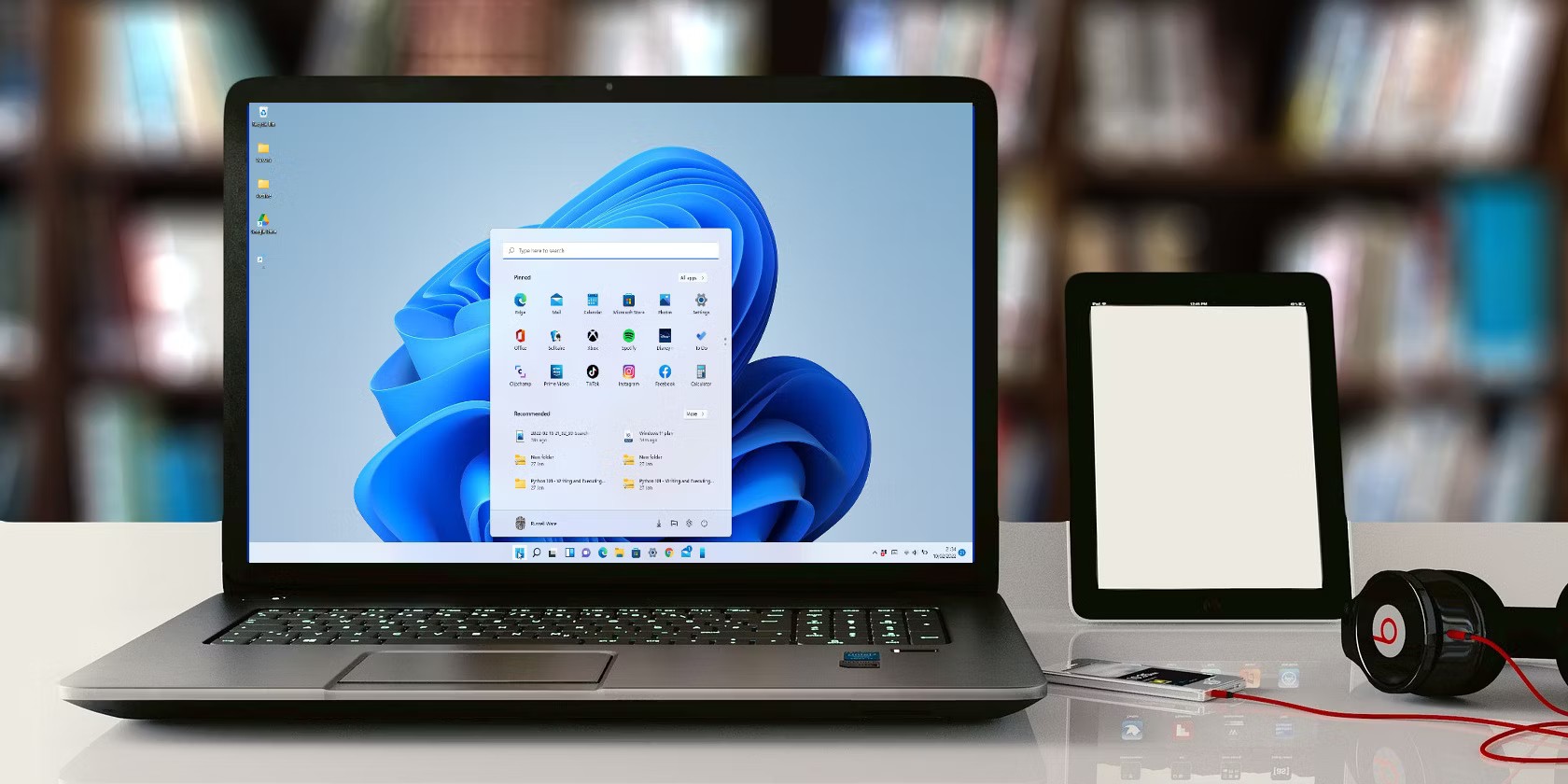Introduction
In today’s digital world, security is of utmost importance, especially when it comes to protecting our online accounts. One popular method of enhancing account security is by implementing two-factor authentication. Google Authenticator is a widely used app that provides an extra layer of security by generating time-based one-time passwords (TOTPs) for your accounts.
Google Authenticator is primarily designed for mobile devices, making it convenient for users to access their TOTPs on the go. However, there may be instances when you prefer to access Google Authenticator on your PC for various reasons, such as easier accessibility or working on a desktop computer. Thankfully, with the help of an Android emulator, you can install and use Google Authenticator on your PC effortlessly.
In this guide, we will walk you through the step-by-step process of installing and setting up Google Authenticator on your PC. By following these steps, you will be able to conveniently access and use Google Authenticator’s two-factor authentication codes on your computer, adding an extra layer of security to your accounts.
Step 1: Installing Google Authenticator on your smartphone
Before you can access Google Authenticator on your PC, you need to first install the app on your smartphone. Google Authenticator is available for both Android and iOS devices, and you can find it in the respective app stores.
To install Google Authenticator on your smartphone, follow these steps:
- Open the app store on your smartphone (Google Play Store for Android or App Store for iOS).
- Search for “Google Authenticator” in the app store search bar.
- Locate the official Google Authenticator app developed by Google LLC.
- Tap on the “Install” button to download and install the app on your smartphone.
- Once the installation is complete, open the Google Authenticator app.
- Follow the on-screen instructions to grant necessary permissions and set up the app.
By following these simple steps, you will have successfully installed Google Authenticator on your smartphone. Now, let’s move on to the next step of setting up Google Authenticator on your smartphone.
Step 2: Setting up Google Authenticator on your smartphone
After installing Google Authenticator on your smartphone, it’s time to set it up by adding your accounts and generating the necessary authentication codes. Follow these steps to set up Google Authenticator:
- Open the Google Authenticator app on your smartphone.
- Tap on the “+” symbol at the top-right corner of the screen to add a new account.
- Choose the method you prefer for adding your account:
- If you want to manually add an account, select “Enter a provided key” and follow the instructions to enter the account details.
- If you want to scan a QR code, select “Scan a barcode” and use your smartphone’s camera to scan the QR code provided by the website or service.
- Once you have added an account, Google Authenticator will display a six-digit time-based one-time password (TOTP) for that account.
- Repeat the process to add any additional accounts you wish to secure with Google Authenticator.
It’s important to note that Google Authenticator generates a new six-digit code every 30 seconds, ensuring the security of your accounts. Make sure to keep your smartphone physically secure as losing or compromising your device could potentially grant unauthorized access to your accounts.
With Google Authenticator set up on your smartphone, you are now ready to proceed to the next step of installing an Android emulator on your PC.
Step 3: Installing an Android emulator on your PC
To access Google Authenticator on your PC, you’ll need to install an Android emulator, which allows you to run Android apps on your computer. There are several Android emulators available, but one popular option is Bluestacks. Follow the steps below to install an Android emulator on your PC:
- Visit the official website of Bluestacks (www.bluestacks.com) using your web browser.
- Click on the “Download Bluestacks” button to initiate the download of the emulator installer.
- Once the installer is downloaded, locate the file and double-click on it to start the installation process.
- Follow the on-screen instructions to install Bluestacks on your PC.
- After the installation is complete, launch Bluestacks.
- Sign in to Bluestacks using your Google account credentials.
- Once you have successfully signed in, you are now ready to download and install Google Authenticator on your PC using the Android emulator.
By installing an Android emulator on your PC, you create a virtual environment that mimics an Android device, allowing you to run Android apps seamlessly. With the emulator installed, the next step is to download and install Google Authenticator on your PC, which we will discuss in the following step.
Step 4: Downloading and installing Google Authenticator on PC
Now that you have an Android emulator installed on your PC, you can proceed to download and install Google Authenticator. Follow these steps:
- Launch the Android emulator (e.g., Bluestacks) on your PC.
- Open the Google Play Store app within the emulator.
- Sign in to the Play Store using your Google account credentials.
- Search for “Google Authenticator” in the Play Store search bar.
- Locate the official Google Authenticator app developed by Google LLC.
- Click on the “Install” button to download and install the app.
- After the installation is complete, you will find the Google Authenticator app in your emulator’s app drawer.
Congratulations! You have successfully downloaded and installed Google Authenticator on your PC using an Android emulator. However, to fully utilize Google Authenticator on your PC, you need to configure it, which we will discuss in the next step.
Step 5: Configuring Google Authenticator on PC
Now that you have Google Authenticator installed on your PC, it’s time to configure the app and set up your accounts. Follow these steps to configure Google Authenticator on your PC:
- Launch the Google Authenticator app within the Android emulator on your PC.
- You will be prompted to set up Google Authenticator by adding your accounts.
- Choose the method you prefer for adding your account:
- If you manually added accounts on your smartphone, you can log in to your accounts using the same credentials.
- If you added accounts using QR codes, you can scan the same QR codes again.
- Follow the on-screen instructions to complete the configuration for each account.
- Once you have configured all your accounts, Google Authenticator on your PC is ready to use.
It’s important to note that the codes generated by Google Authenticator on your PC will be synchronized with the codes on your smartphone. This ensures that the codes displayed on both devices are in sync and can be used interchangeably.
With Google Authenticator properly configured on your PC, you are now ready to move on to the next step of syncing Google Authenticator on your PC with your smartphone to ensure seamless two-factor authentication.
Step 6: Syncing Google Authenticator on your PC with your smartphone
To ensure that Google Authenticator on your PC is synchronized with the app on your smartphone, you need to perform a one-time setup to link the two devices. Follow these steps to sync Google Authenticator on your PC with your smartphone:
- Open Google Authenticator on your smartphone.
- Tap on the three-dot menu icon at the top-right corner of the screen.
- Select “Settings” from the menu.
- Tap on “Transfer accounts” or “Export accounts” (the wording may vary depending on the version of Google Authenticator).
- Choose the option to transfer accounts via QR code or by manually entering the provided key.
- On your PC, open Google Authenticator within the Android emulator.
- Click on the three-dot menu icon at the top-right corner of the screen.
- Select “Import accounts” or “Import existing accounts” (the wording may vary).
- Choose the same method of transfer you selected on your smartphone (QR code or manual entry).
- Follow the on-screen instructions to complete the syncing process.
Once the syncing process is complete, Google Authenticator on your PC and smartphone will be synchronized, ensuring that both devices display the same time-based one-time passwords (TOTPs). This synchronization allows you to conveniently access your two-factor authentication codes on either device.
With Google Authenticator synced on your PC and smartphone, you can now move on to the final step of using Google Authenticator on your PC for two-factor authentication.
Step 7: Using Google Authenticator on your PC for two-factor authentication
Now that you have Google Authenticator set up and synced on your PC, you can use it for two-factor authentication (2FA) when accessing your accounts. Follow these steps to use Google Authenticator on your PC for two-factor authentication:
- Open the website or service you want to log in to that supports Google Authenticator for 2FA.
- Enter your username and password as usual.
- When prompted for the authentication code, switch to the Google Authenticator app on your PC.
- Locate the code generated for the respective account within the app.
- Enter the code into the login prompt on the website or service.
- Submit the code and wait for verification.
- Once the authentication is successful, you will be granted access to your account.
It’s important to note that the codes generated by Google Authenticator on your PC will refresh every 30 seconds. Be sure to use the current code displayed in the app at the time of verification. Additionally, remember to keep your PC physically secure to prevent unauthorized access to both the Google Authenticator app and your accounts.
By using Google Authenticator on your PC for two-factor authentication, you add an extra layer of security to your accounts. It provides an additional verification step that strengthens the protection of your sensitive data and helps prevent unauthorized access.
With this final step completed, you can now effectively use Google Authenticator on your PC to enhance the security of your online accounts. Enjoy the peace of mind knowing that your accounts are protected by two-factor authentication.
Conclusion
In this guide, we have walked through the steps of accessing Google Authenticator on your PC. By following these steps, you have learned how to install and set up Google Authenticator on your smartphone, install an Android emulator on your PC, and download and configure Google Authenticator on your PC. Additionally, we explored how to sync Google Authenticator on your PC with your smartphone and use it for two-factor authentication.
With Google Authenticator on your PC, you now have the convenience of easily accessing your two-factor authentication codes while working on your desktop computer. This extra layer of security helps protect your online accounts from unauthorized access, enhancing your overall online security.
Remember to keep your smartphone and PC secure, as they both play crucial roles in accessing and syncing Google Authenticator. Regularly update the app and your device’s operating system to ensure you have the latest security features and bug fixes.
By following the steps outlined in this guide, you can confidently use Google Authenticator on your PC for two-factor authentication, knowing that your accounts are better protected. Stay vigilant and utilize these security measures to safeguard your valuable personal information in this digital age.
Start implementing Google Authenticator on your PC today and enjoy the peace of mind that comes with enhanced online security.









